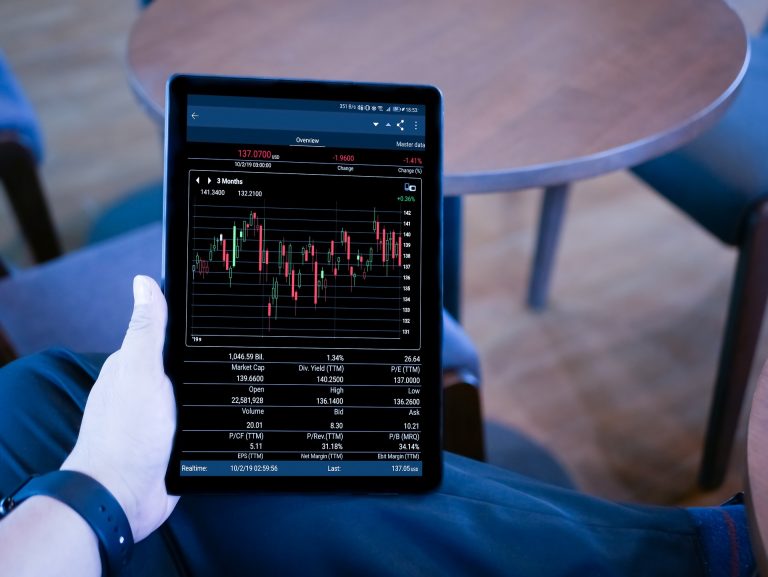Bitcoin vs. Fiat Currency

In the ever-evolving landscape of finance, the debate between Bitcoin and fiat currency continues to capture the imagination of enthusiasts and skeptics alike. While both serve as mediums of exchange, their fundamental differences set them apart in intriguing ways.
Nature and Issuance
Fiat Currency: Traditional fiat currencies, such as the US dollar, euro, or dirham, are issued by governments and central banks. Their value is derived from the trust and authority of the issuing government, making them legal tender for all debts, public and private.
Bitcoin: In contrast, Bitcoin is a decentralized digital currency created through a process known as mining. Operating on a peer-to-peer network, Bitcoin exists without any central authority, relying instead on cryptographic principles and a distributed ledger called the blockchain.
Control and Regulation
Fiat Currency: Central banks wield significant control over fiat money, regulating its supply and value through monetary policies. By adjusting interest rates or printing more money, they can influence economic conditions and stabilize the currency.
Bitcoin: Bitcoin’s governance is embedded in its technology. With a capped supply of 21 million coins, Bitcoin’s decentralized nature ensures that no single entity can manipulate its value. This autonomy is both a strength and a challenge, as it operates outside traditional regulatory frameworks.
Transaction and Security
Fiat Currency: Transactions involving fiat currency are typically mediated by banks and financial institutions, providing a layer of security and oversight. These transactions can be reversed, disputed, or refunded, offering a safety net for users.
Bitcoin: Bitcoin transactions, once confirmed on the blockchain, are irreversible. This immutability ensures transparency and security but also means that fraudulent transactions cannot be undone. Users must exercise caution and responsibility in their dealings.
Value and Trust
Fiat Currency: The value of fiat money is intrinsically linked to the trust and stability of the issuing government. Economic policies, inflation, and geopolitical factors can all impact its purchasing power.
Bitcoin: Bitcoin’s value is driven by market dynamics—demand and supply. Factors such as technological advancements, regulatory news, and adoption rates play crucial roles in determining its price. Its decentralized nature means that its value is not tied to any single economy or government.
The choice between Bitcoin and fiat currency ultimately depends on one’s perspective and needs. Fiat currencies offer stability and regulatory oversight, making them suitable for everyday transactions and long-term savings. Bitcoin, with its decentralized and transparent nature, presents a revolutionary alternative that challenges traditional financial systems.
As the world continues to explore the potential of digital currencies, understanding these differences becomes crucial. Whether you’re a seasoned investor or a curious observer, the evolving narrative of Bitcoin vs. fiat currency is a testament to the dynamic future of finance.

